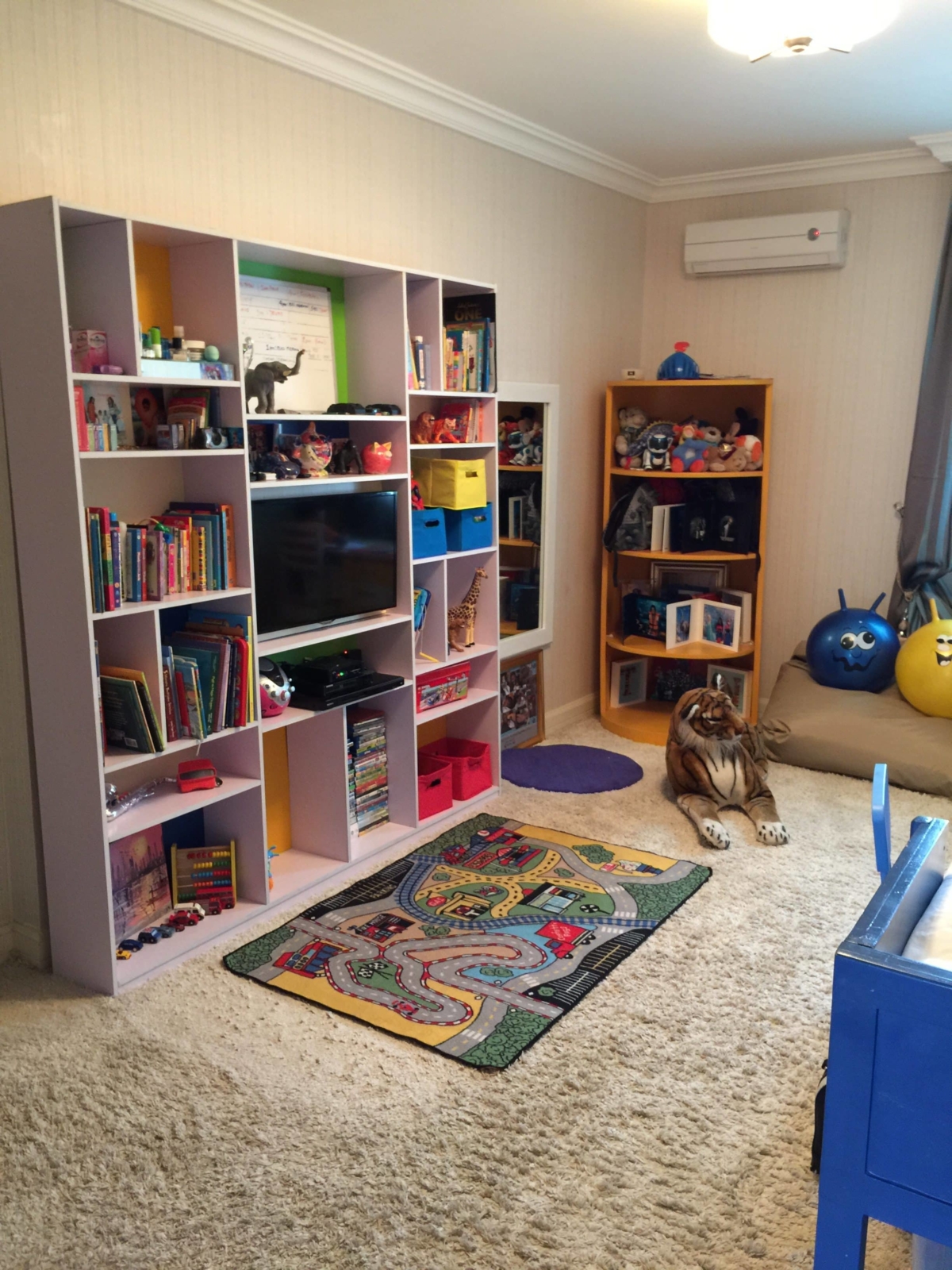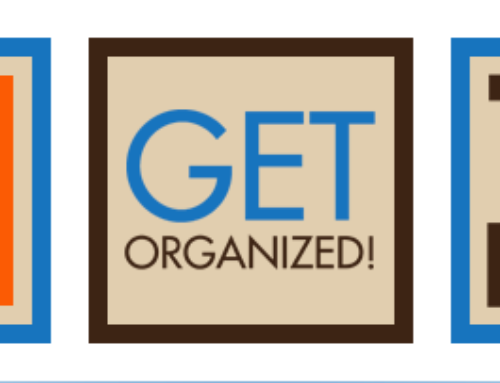When we organize our kids, our goal shouldn’t only be to get them to or help them tidy up. It is very important to reach out and catch them young when it comes to organizing and productivity. We need to impart the valuable knowledge and precious life skill of organizing to our little ones and now is the time to start. The best time to start is when they are toddlers, the second-best time is any other time before they become adults.
In my years of organizing people and their spaces, I’ve come across adults who find it hard to imbibe the principles of organizing and in so many cases, I’ve heard those types of client whisper “…if only I acquired these skills early enough…”. Imagine how effective and productive the lives of some adults would be, if only….
Here’s a simple universal truth, the likelihood of learning a new skill or imbibing a new way of thinking at an early age is way higher than when a person is older.
Ok. Now that I’ve tried to convince you (or I hope so) about starting early with teaching the kids and getting them to appreciate organizing, let’s get into how you should do it.
There are children-friendly approaches that can help parents anywhere in the world transfer organizing abilities to kids. Take note of the word “transfer’ so I’m hoping I’m communicating with parents who themselves appreciate and are practicing the principles of organizing. However, if you are not modeling organizing skills to your kids yet, with this article, you’ve still got a shot at it.
Trust me when I say I totally understand the overwhelm that can come with trying to keep kids tidy but the good news is that it doesn’t have to feel that way anymore. With the right tips and tricks, that war will be a definite win for you and turn out to be a win/win for everyone. We must understand that it is not just enough to go and purchase all kinds of organizing and storage systems for a kid’s space, there are some approaches to be utilized that will ensure not only the success of a kid-organizing project but also the learning and mastering of organizing habits.
Truth is, kids are so fun to organize and you better believe that!
The approaches used to organize kids fall into the 3 phases of a kid’s organizing journey:
1. The pre-organizing phase
2. The initial-organizing phase
3. The continuous-organizing phase
The Pre-Organizing Phase
This phase is the period before any kid-organizing project or what I call “the fix” is carried out in a kid’s space. The pre-organizing phase is an important phase in getting the kids to start appreciating the culture of organizing as you begin to play the role of modeling organizing behaviors to them.
The 2 approaches to be used in this phase are:
1. Modelling
You have to be an organized parent first before even thinking about getting your kids organized. This is because you are their most influential role model and they’ll rather copy behaviors than just follow instructions from you. When modeling organizing behaviors to kids, they’ll get curious. They’ll ask you questions like “Mum, why do you have your stuff arranged in these boxes?”, “Dad, why are you always picking up things around the house?”
These questions need to be answered, kids need to know the “whys” and we must be willing to provide answers because curiosity is a sure sign that learning will happen. Answering these questions will require the next approach.
2. Teaching
It’s time to get them to sit and learn a couple of things about organizing. You don’t have to overload them with all the organizing skills out there in the world, no! not yet. This is the time to thoughtfully educate them on the disadvantages of disorganization and the benefits of getting organized. Schedule some hours in one day for this lesson or split the lessons into two days. You can use online resources like photos or YouTube videos as visual aid tools for showing them before and after pictures of cluttered and messy places. It will help drive the message home. If this sounds like a lot of work for you, you can find a Professional Organizer who would be more than willing to schedule a coaching session with your kids.
The above strategies shouldn’t end with the first phase. Modeling and teaching organizing behaviors and habits to kids should be used throughout the journey of organizing but must be emphasized in this phase.
The Initial-Organizing Phase
This phase is initiated with a detailed plan. A plan for the general organizing (structure and system fixes) of the space. Once you have your plan ready, it is the time to embark on an organizing project with your kids in their space.
There are 5 approaches to be used in this phase:
1. User experience
This approach is necessary for understanding the interaction between the kid and the structure/systems in the kid’s space which will help in creating the plan for the organizing project.
The user-experience analysis is used to gather information about the child’s space based on the day-to-day experience of using the space by both the parent and the child (with the focus on the child’s). The information collected is then used to design and implement user-friendly systems that fit the child’s needs, environment and style. There’s no need trying to get kids organized if the systems in their space don’t allow them to do so effectively. For example, this approach will tell you if there is a need to adjust the hanging rack in a child’s closet to fit their height and reach or if you need to bring the toy storage down to floor level.
2. Participation
The children’s involvement when putting together organizing systems for then is essential. Bring them along every step of the way and make the process as fun as possible. They will love it, trust me. If possible, take them shopping for organizing supplies, let them check out and even test the supplies before you purchase them. Actively participating in the decision-making stage of an organizing/design project helps kids develop environmental consciousness and good decision-making skills. With these, we are setting up for long-term success.
3. Evaluation
This approach is used to help kids prioritize their possessions. Get to work with the kids and help them define their attachment levels to their stuff. Start with their most used items.
You should not singlehandedly decide what (especially toys) to take out when organizing kids because they place the most value on their toys than any other items in their space and you want to avoid the emotional stress.
It is therefore, important to take their feelings into consideration when organizing them by using my Possession Evaluation Strategy (PES).
With the PES, create these 4 groups for items like toy collections:
Group A – The “must-haves”. The ones treasured and used the most.
Group B – The “can-haves”. The ones used often but not the favorites.
Group C – The “may-haves”. The ones not used often and not treasured much.
Group D – The “don’t-needs”. The ones not used at all that can be given away or tossed.
This will keep the kids conscious of their collections and accountable for their possessions. In case there is the need for decluttering or minimizing in the home, the verdict on what should go will be a no-brainer.
4. Grouping
Put everything else in categories by using designated locations and containers. An example of putting things in designated locations is making sure that the reading area of the room is solely for reading activities and materials (if your kid has a multi-purpose room). When grouping/storing kid’s items, contain them in family groups, for example; have all animal toys go in the same container(s), all building block toys in their own container(s), all underwear in one drawer, etc.
5. Labelling
The grouping approach will make little or no sense if the systems are not properly labeled, so this approach kind of seals the deal on the grouping approach. Graphic labels are your best bet when it comes to organizing kids. Use label with pictures of toy types, socks, mittens, etc.
The Continuous-Organizing Phase
This is where we need to be reminded that organizing is a journey, not a destination. To be able to maintain the organization implemented in the second phase, we need to help and join the kids in maintaining a continuous state of being organized.
Use these 2 approaches:
1. Rules
You can call it the Organizing Ordinance or whatever you please but there must be a set of organizing rules in your home that is binding on everyone and that will produce sustainable habits. These rules don’t have to be hard & fast but adherence to them must be encouraged. Rules such as “Make bed daily”, “Recycle properly”, “Declutter quarterly”, etc.
2. Routines
Create a sequence of practices that everybody follows and enjoys. Routines like “morning tidy-up” or ‘evening pick-up”, “weekend sorting”, etc. Turn these practices into fun activities that kids can look forward to. For example, turn a morning tidy-up routine to a bed-making contest where the most winner scores points that can earn them “really cool” rewards at the end of the, say, week or month or an evening toy pick-up routine into a game like “find my home” where the kids get to take the toys littered around to their specific homes (labelled storage units).
Now, go ahead and enjoy the concept of organizing with your kids and please, do let me know how you all did.
Your Organizing/Productivity Buddy,
Jesmine








Nice and informative piece article. Thank you!
Hi there! Such a nice write-up, thank you!
I discovered your web site from Google and also I have to
say it was a terrific locate. Many thanks!